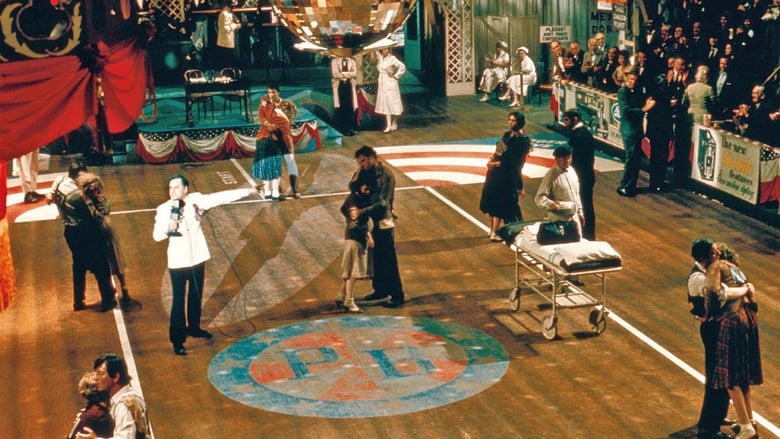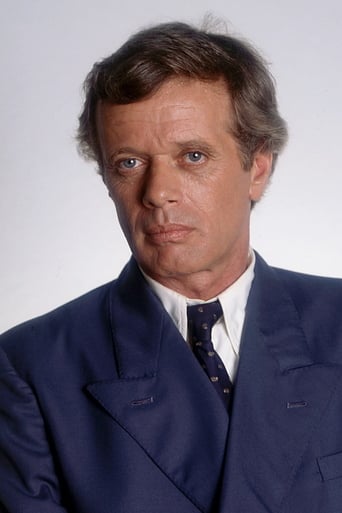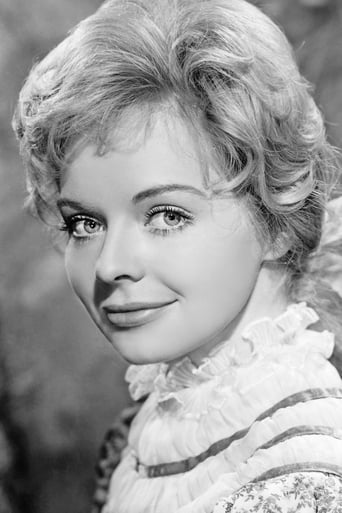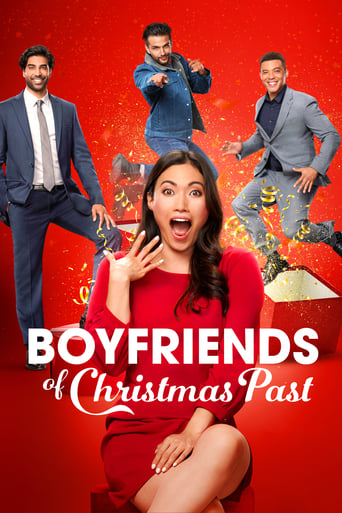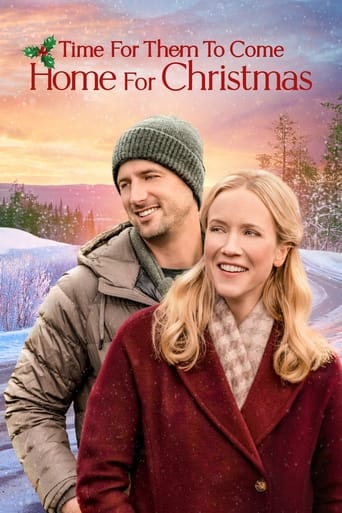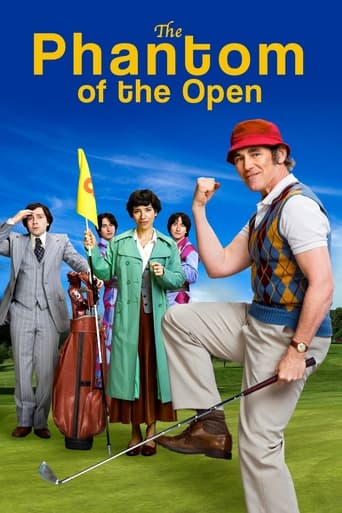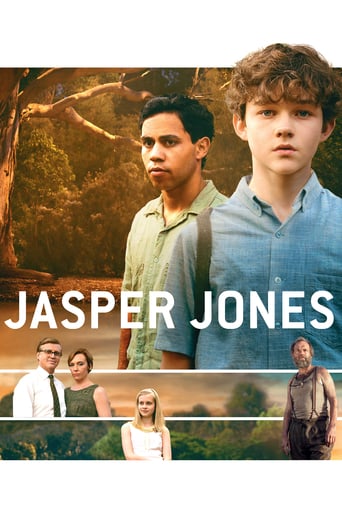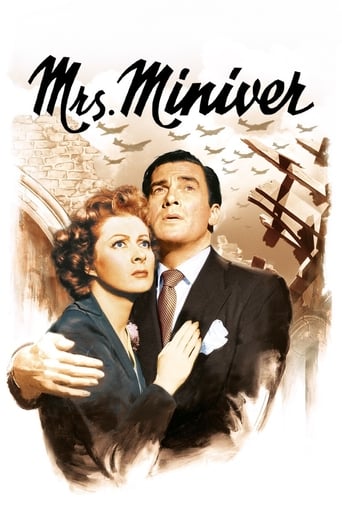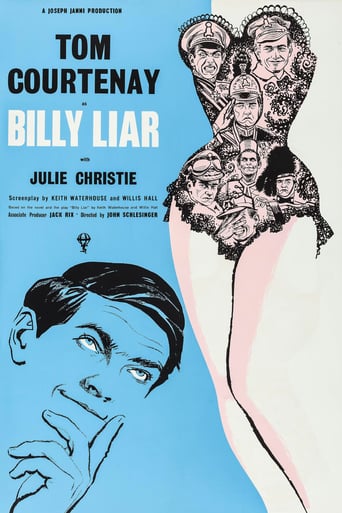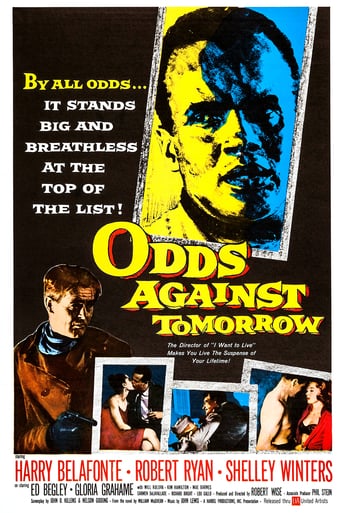They Shoot Horses, Don't They? (1969)
In the midst of the Great Depression, manipulative emcee Rocky enlists contestants for a dance marathon offering a $1,500 cash prize. Among them are a failed actress, a middle-aged sailor, a delusional blonde and a pregnant girl.
Watch Trailer
Free Trial Channels
Cast


Similar titles
Reviews
What a waste of my time!!!
It's fun, it's light, [but] it has a hard time when its tries to get heavy.
Clever and entertaining enough to recommend even to members of the 1%
It is interesting even when nothing much happens, which is for most of its 3-hour running time. Read full review
During the Great Depression, participating in dance marathons was a very popular activity. Couples would enter and dance nonstop for hours, days, weeks, or months, and audiences would flock to watch and cheer on their favorite team. The winning couple would receive some prize money, and in the meantime, the contestants would be fed and sheltered for as long as they endured. If you've never heard of this, or you're not up on your 1930s history, you might want to read up on the horrors of the Great Depression before renting They Shoot Horses, Don't They? If you don't really understand how desperate and hopeless these dance contestants felt, you might not be able to appreciate Robert E. Thompson's and James Poe's screenplay. The characters in the film act like condemned gladiators who will do anything to entertain the crowd before getting thrown into the lion's den. They stay on their feet no matter the cost, whether it's their health or dignity. They sleep while dancing, leaning on their partners, and one woman enters the contest while pregnant because she has no other prospects.They Shoot Horses, Don't They? is incredibly bleak. There are no happy parts to the story; this isn't a two-sided view of the famous walkathons of the Great Depression. The camera captures the up close and personal horrors the contestants experience, backstage and in front of the audience cheering in the stands. The audience is shown cheering when horrible things happen to the dancers; they treat them like animals in a horse race. Sydney Pollack directed the movie, and while it would have been easy to film it in a sensational, flashy manner, he chose a bleak approach. The colors are muted and dusty against the cheery façade of the event, and the sweaty and haggard faces show through the performance makeup.Jane Fonda, Michael Sarrazin, Susannah York, Red Buttons, Bruce Dern, Robert Fields, and Bonnie Bedelia are the featured dance contestants, and Gig Young is the MC. Everyone gives a superb performance, and Fonda, York, and Young were honored at the 1970 Oscars. Sydney Pollack was also nominated for his outstanding direction, as were the costumes, art direction, adapted screenplay, music, and editing. I've seen this film three times, but it isn't for everyone. It's extremely heavy and upsetting. But if you like movies that fall under the "people are terrible" mantra, like Network or The Great Gatsby, you'll be in a good position to appreciate this well-crafted film.Kiddy warning: Obviously, you have control over your own children. However, due to some upsetting content, I wouldn't let my kids watch this movie.
Set in California during The Great Depression of the 1930's - "They Shoot Horses, Don't They?" is all about the wretchedness, and all the utter hopelessness of an era of impoverishment like none other in American history.Here the viewer is witness to every despairing detail of destitution. All so graphically depicted. All so clearly unfolded through the sad experiences of a pitiful collection of marathon dancers, each one at the utter brink of desperation.This is a dance marathon to beat all other dance marathons. To date it has been running now, non-stop, for 2 months, solid. It's guaranteed to be a real record-breaker.And, the one, final couple that remains on their feet to the bitter end, out-dancing all others, will be crowned the winners, receiving as their hard-earned reward a grand prize of $1,500. Not much money by today's standards, but, for the many who were absolutely poverty-stricken during The Depression, it represented a literal fortune.Yep. That's what "They Shoot Horses, Don't They?" is all about.
The glam-shot lobby posters were misleading. This is powerful and uncompromising movie-making of the sort that only existed for a few years between the family friendly mid-60s and the blockbuster-driven late 70s. It features the role that got Jane Fonda away from her Barbarella-style sex-kitten image to emerge as one of the great movie actresses of the age. Fonda is Gloria, a hard-edged, world-weary woman, who has been lied to and used for so long and fallen so far down on her luck that she finds herself competing in one of those grueling, spirit- breaking, mind-destroying dance marathon contests that proliferated for a few years during the Depression when folks would do anything for money and which serves as an allegory for the age. The contest is shown in all of its harsh and ugly details. Competitors dance until they drop, getting counted out on the floor like KOed fighters, eat while dancing, even try to sleep against one another while their feet keep moving. They wash their hair and clothes in the ballroom sinks, try to sleep on narrow, stinking cots during the rare rest periods, and keep moving, always moving, for two months of unending misery. As cynical MC Gig Young (Oscar winner for Best Supporting Actor) points out, the spectators are not there to see a contest - they came to see folks worse off than they are. The film is shot in suitably harsh tones with unflattering lighting to point up the suffering on the actors' faces and uses semi-darkness to maximize the claustrophobic feeling of being stuck in the same building for so long and never seeing the sun. Michael Sarrazin plays a naive nice-guy who wanders in off the beach and finds himself in the contest. His is the viewpoint character, but Sarrazin himself never had much presence and is of little individual interest. Fonda and Young anchor the picture as victim and victimizer, in a literal dance to the bitter end. Some reviewers found the ending predictable and unnecessarily grim and tragic. Yet, the Depression itself had much of the grim inevitability of Greek tragedy, and one might argue that it is simply appropriate to all that came before. My view is that this is one of the best movies that came out that year.
Betty & I very much wanted to see this movie after completing our own marathon of books (B) & films (F) about (or by) Gypsy Rose Lee and her sister, June Havoc: "Gypsy" B&F, "Stripping Gypsy" B, "American Rose" B, "My G-String Mother" B, "Early Havoc" B, "More Havoc" B, "February House" B. June Havoc was in several dance marathons in the '30s and her "Early Havoc" details a great deal about her experiences in them. In that era, jobs were scarce, millions were hungry and desperate; there were no social nets: no welfare, no unemployment checks, no medical services for the poor, etc. These marathons dangled the promise of a rich reward to the desperate: the one winning couple left standing after thousands of hours dancing, moving 40-60 days--contestants danced 24/7 in 2 hour shifts relieved by 10 minute breaks for sleeping/eating/toilets (they were fed 7 meals in every 24 hours). Their promised reward ($1,500, for example) to the winning couple would be enough to buy 2 new Ford or Chevvy cars with almost $400 left over (in 1934). And even the losing participants got free meals and a place to stay--for as long as they continued dancing. (Among dance marathon participants, there were the newbies and those experienced from previous contests; those in that latter group called themselves the "horses.") This film only indirectly captures the desperation flooding America at that time: it drove these marathon dancers to compete and drew their paying spectators (some nearly as strapped). These audiences watched contests that were VERY similar to the survival battles in the Coliseum of ancient Rome.The film depicts quite well the common, transient bouts of psychosis (getting "squirrely" in marathoners' parlance), the lugging around of sleeping partners by whichever partner was more awake, the drastic "first aid" measures used to keep dancers participating, and much of the behind the scenes behaviors common in these inhumane, torturous events.And, the MANY ways the sponsors shaped their presentations to entertain their audiences: spotlighting talents of individual dancers, elimination derbies, destroying a dancer's clothing to make a more pitiful appearance, announcing a collapsed dancer was recovering nicely in a hospital rather than the truth: he'd died from over-exertion (the truth might create bad publicity).Also, this movie reveals the naked truth of these marathons: they were scams run solely to enrich the promoters, designed to lure in both contestants and (paying) audiences. The promoters deducted from the winning couple's $1,500 reward their accrued bills for all their food, room, sleeping supplies, "medical" care, etc. So even the "winners" ended up nearly as poor as when they started.Fonda's character from the beginning is sarcastic, critical, and not particularly likable. She'd obviously been previously hurt, abused, seriously emotionally scarred. Why and in what ways?--that we're left to conjecture. And that's (IMO) the downside of this film: that narrative arc is left blank. The film's upside is its poignant, rich portrayal of this slice of an American era.Gig Young's Oscar for marathon "ring master" was richly deserved; he was superb and his performance significantly gave this film strength.For such an EXCELLENT depiction of this slice of an American era: (10/10)--but for such an incomplete personal narrative of Fonda's character (7/10).


